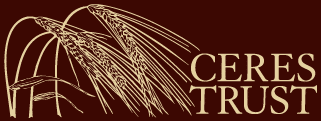Consumer-Engaged Participatory Plant Breeding Model Comparison and Beet Flavor Breeding
Graduate Student: Solveig Hanson, Department of Horticulture, Plant Breeding Plant Genetics, University of Wisconsin, Madison · 1575 Linden Dr. Madison, WI 53706 · 608-514-5466 [email protected]
Faculty Advisor: Dr. Irwin L. Goldman Department of Horticulture, University of Wisconsin Madison · 608-262-1624 · [email protected]
Abstract
A resilient organic agriculture requires crop varieties bred for the agronomic and market conditions specific to organic food systems. Participatory plant breeding (PPB) has emerged as a cost-effective strategy for creating marketable cultivars that perform well on organic farms. To investigate best practices for PPB in Wisconsin, this project compares two different participatory plant breeding models a single-farm model and a broad outreach model to evaluate their cost efficiency and effectiveness. In the process, the project begins to develop novel, locally adapted, flavor-identified beet cultivars suited for organic production. High geosmin very earthy and low geosmin very mild beet populations served as starting materials for the first year of this three-year recurrent selection breeding project. In both PPB models, farmer input guided selection for agronomic qualities, while input on hedonic liking from core groups and the public guided selection for eating quality. Selected beet families were mass pollinated in four separate greenhouse isolations to make distinct high geosmin and low geosmin populations for each model’s 2017 selection cycle. First year cost analysis showed that the most significant cost difference between farm-based and agricultural station-based PPB was that of land rental and farmer engagement.
